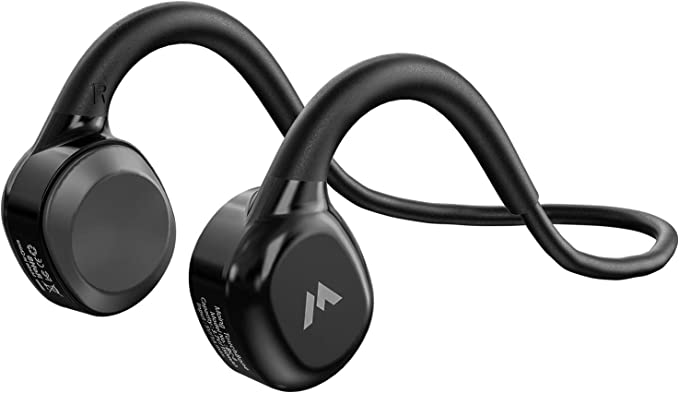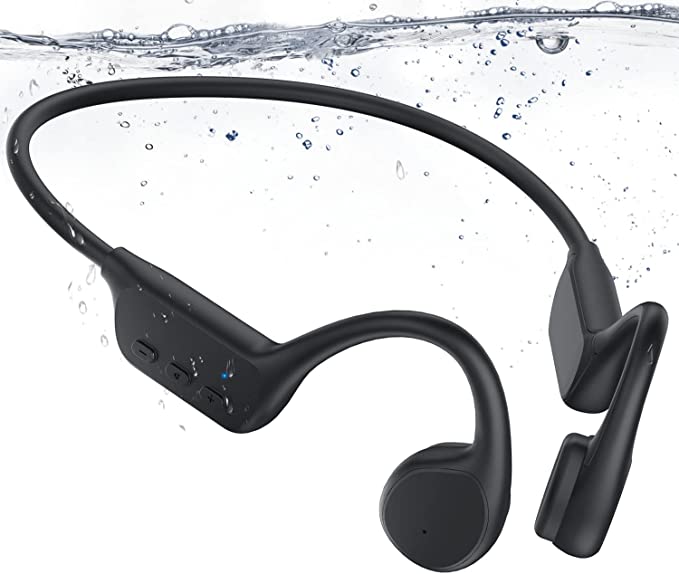A Scientific Guide to Blue Light, Digital Screens, and Sleep
Update on Oct. 19, 2025, 1:07 p.m.
We live in a world bathed in an artificial blue glow. From the moment we wake up to the smartphone’s alarm to the final scroll through social media before bed, our eyes are locked onto light-emitting screens. This ubiquity has given rise to a pervasive modern anxiety, fueled by headlines warning of the dangers of “toxic” blue light. An entire industry has emerged, offering special coatings, filters, and glasses promising to protect us. But in this sea of information and marketing, it’s easy to lose sight of the science. What exactly is blue light, and what does the evidence say about its effects on our eyes and our health? The answer is more nuanced, and far more interesting, than the alarmist narratives suggest.
What is Blue Light? A Primer on Light and Energy
First, a quick physics lesson. The light we see is just a small part of the vast electromagnetic spectrum. Within this visible spectrum, different colors correspond to different wavelengths and energy levels. Red light has a long wavelength and low energy, while blue and violet light have short wavelengths and higher energy. This high-energy nature is the source of the concern.
It’s crucial to understand that the largest source of blue light in our lives is, by an overwhelming margin, the sun. We have evolved over millennia under sunlight, and this exposure is not only natural but essential for regulating mood, alertness, and our internal body clock. Artificial blue light, emitted by LED-backlit screens on our phones, laptops, and tablets, is not a new type of light. The core issue is not its existence, but its presence in the wrong place, at the wrong time, and in the wrong dosage.

The Real Story: Blue Light and Your Brain’s Master Clock
So, if blue light isn’t inherently evil, why is it a problem? The real story is not one of eye damage, but of timekeeping. Deep within our brains, in a region called the suprachiasmatic nucleus, lies our master biological clock. This clock governs our circadian rhythm—the roughly 24-hour cycle that dictates our sleep-wake patterns, hormone release, and other vital bodily functions.
This clock needs to be synchronized with the outside world every day, and its primary cue is light. Our retinas contain not just the rod and cone cells for vision, but also a third type of photoreceptor discovered relatively recently: intrinsically photosensitive retinal ganglion cells (ipRGCs). These cells are uniquely sensitive to blue-wavelength light and their job isn’t to see, but to signal the brain’s master clock. When they detect abundant blue light (like from the morning sun), they send a strong “daytime” signal to the brain. This, in turn, suppresses the production of melatonin, the hormone of darkness that prepares our body for sleep.
This is a beautiful, elegant biological system. The problem is, our screens also emit a peak of light in the blue spectrum. When we stare at them in the evening, we are sending a powerful, albeit unintentional, signal to our brain: “It’s still daytime!” Research from Harvard has shown that blue light exposure at night can suppress melatonin production for about twice as long as green light of comparable brightness, shifting our circadian rhythms out of sync. This is the primary, scientifically robust “harm” of blue light: it disrupts our sleep architecture, making it harder to fall asleep, reducing sleep quality, and potentially impacting long-term health.
Debunking the Myths: Separating Fact from Fiction
With the real mechanism understood, we can now address two pervasive myths.
Myth 1: Blue light from screens is blinding you. While it’s true that extremely high-intensity blue light can cause photochemical damage to retinal cells in laboratory settings (in vitro or in animal models), the intensity of the light emitted from personal electronic devices is a tiny fraction of that. International scientific bodies like the ICNIRP have established safety limits for blue light exposure, and measurements consistently show that smartphones and tablets fall far below these thresholds. There is currently no high-quality evidence to suggest that normal use of digital screens causes long-term retinal damage in humans.
Myth 2: Blue light is the main cause of digital eye strain. That feeling of tired, dry, or irritated eyes after a long day of screen time is very real. However, the American Academy of Ophthalmology and numerous studies suggest the primary culprits are not the color of the light. Instead, digital eye strain is caused by factors like a reduced blink rate while staring at a screen, poor ergonomics (screen distance and angle), and uncorrected vision problems. While some studies show blue-blocking lenses may reduce subjective reports of discomfort, others find no significant effect.
Your Action Plan: A Science-Backed Guide to “Light Hygiene”
Moving from fear to effective action means focusing on the real problem: the timing of light exposure. Here is a tiered approach to practicing good “light hygiene.”
Tier 1: Behavioral Solutions (Most Important). These are free and have the most significant impact. * The 20-20-20 Rule: Every 20 minutes, look at something 20 feet away for at least 20 seconds. This relaxes the focusing muscle inside the eye and helps combat strain. * Create a Digital Curfew: Stop using bright screens at least 1-2 hours before your intended bedtime. This is the single most effective way to protect your melatonin production. * Get Morning Sunlight: Expose yourself to bright, natural light shortly after waking. This helps to strongly anchor your circadian rhythm for the day.
Tier 2: Software Solutions. Most modern devices have built-in features to help. * Use “Night Mode”: Features like Apple’s Night Shift or Android’s Night Light warm the color temperature of the screen in the evening, reducing the amount of blue light emitted. This is a highly effective, evidence-based intervention.
Tier 3: Hardware Solutions. These can offer an additional layer of filtering. * Blue Light Blocking Lenses: These lenses, whether in dedicated glasses or integrated into wearables like the SOLOS Smart Glasses, contain a filter to absorb a portion of blue light. While their effect on digital eye strain is debated, they can be a useful tool, especially for people who must use screens late at night, to help reduce the disruption to their circadian rhythm.
Conclusion: Beyond Blue - A Healthier Relationship with Light
The narrative around blue light needs a reboot. It is not an electronic poison to be feared, but a powerful biological signal to be respected. The challenge of our digital age is not to eliminate blue light, but to restore the natural rhythm of light and darkness that our bodies expect. By understanding the science, we can shift our focus from buying quick fixes to building sustainable habits. Turn down the screens in the evening, embrace the sun in the morning, and remember that the most powerful tool for your visual and sleep health is not a filter on your lens, but the choices you make every day.


















